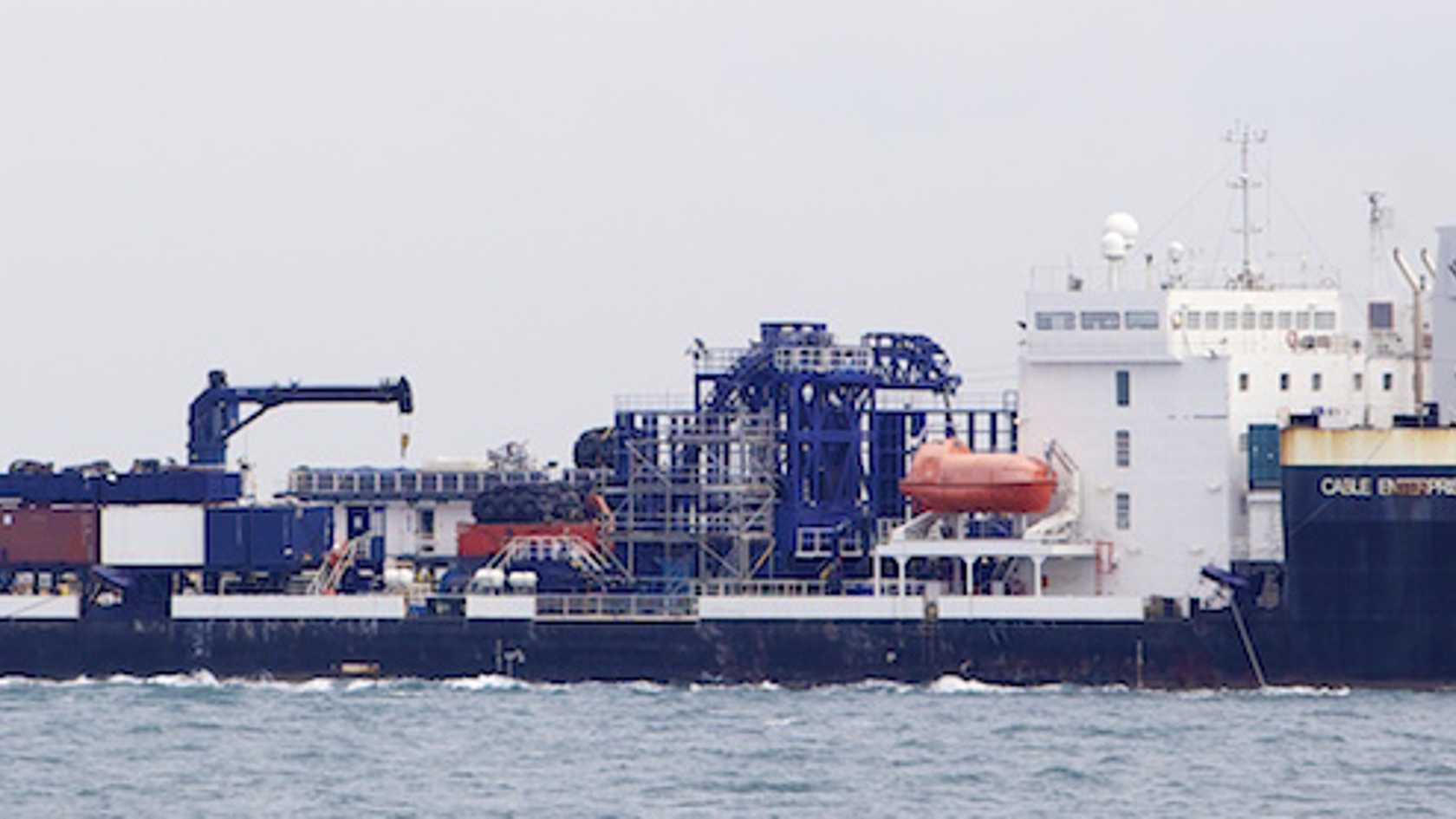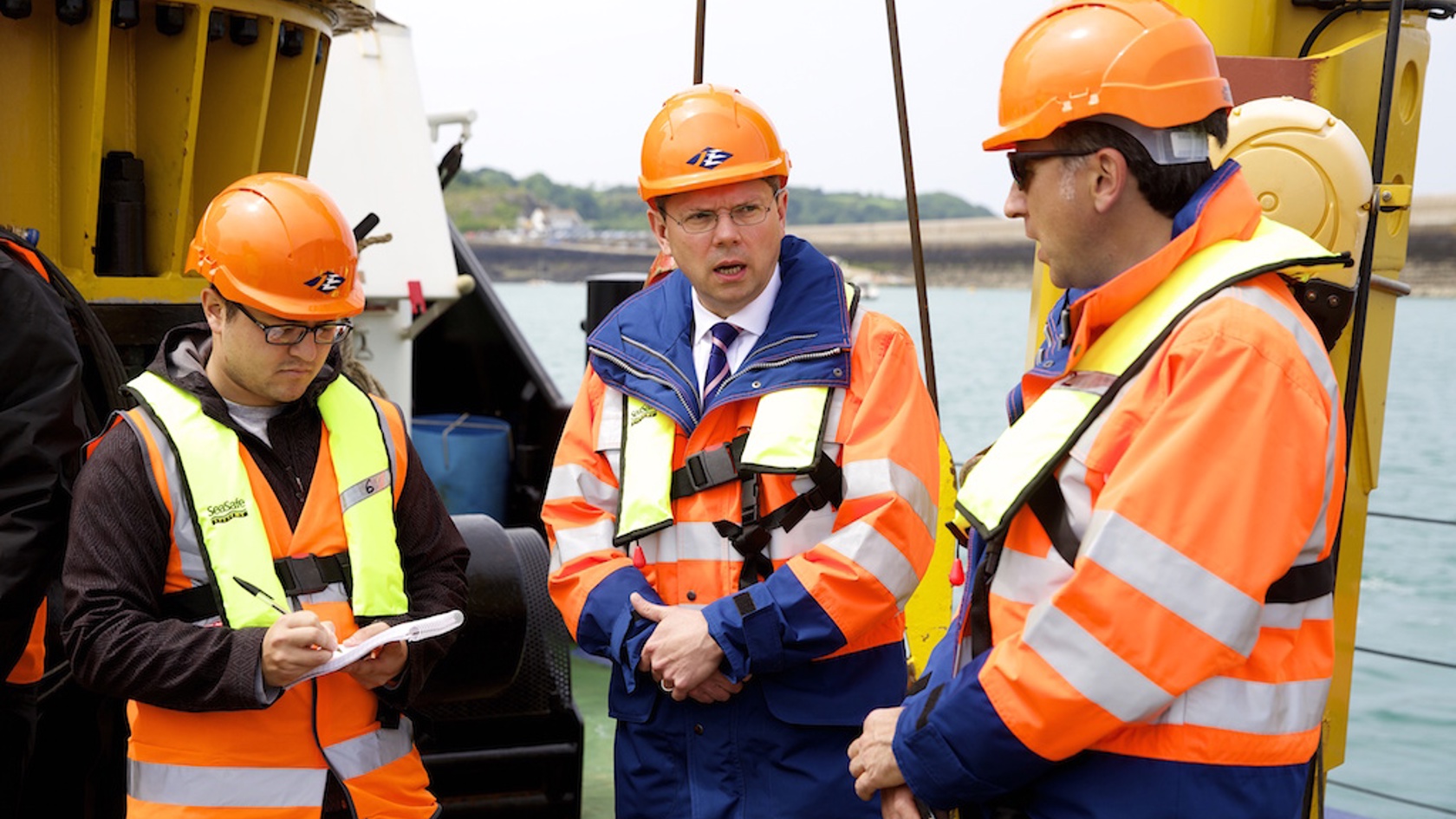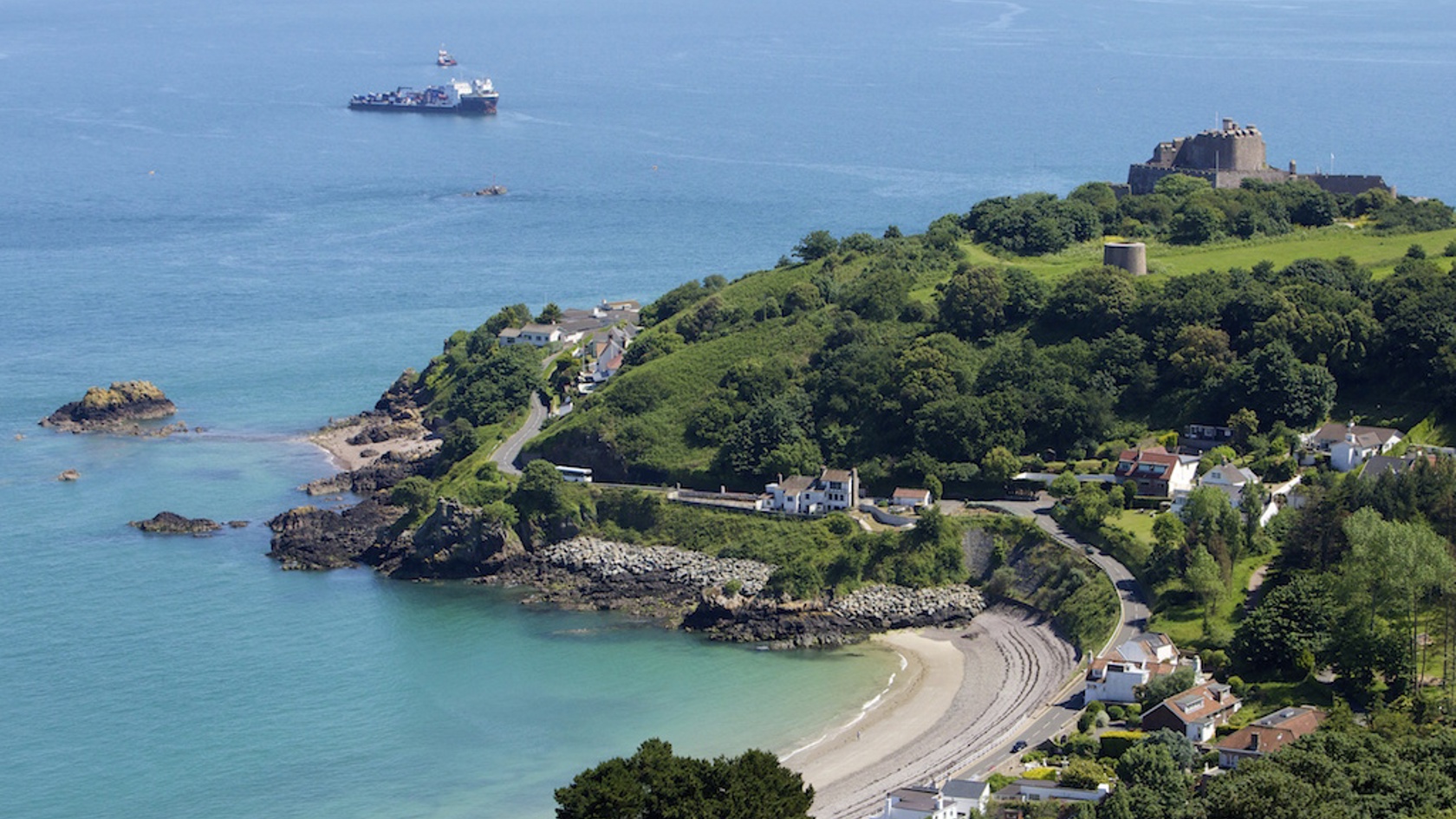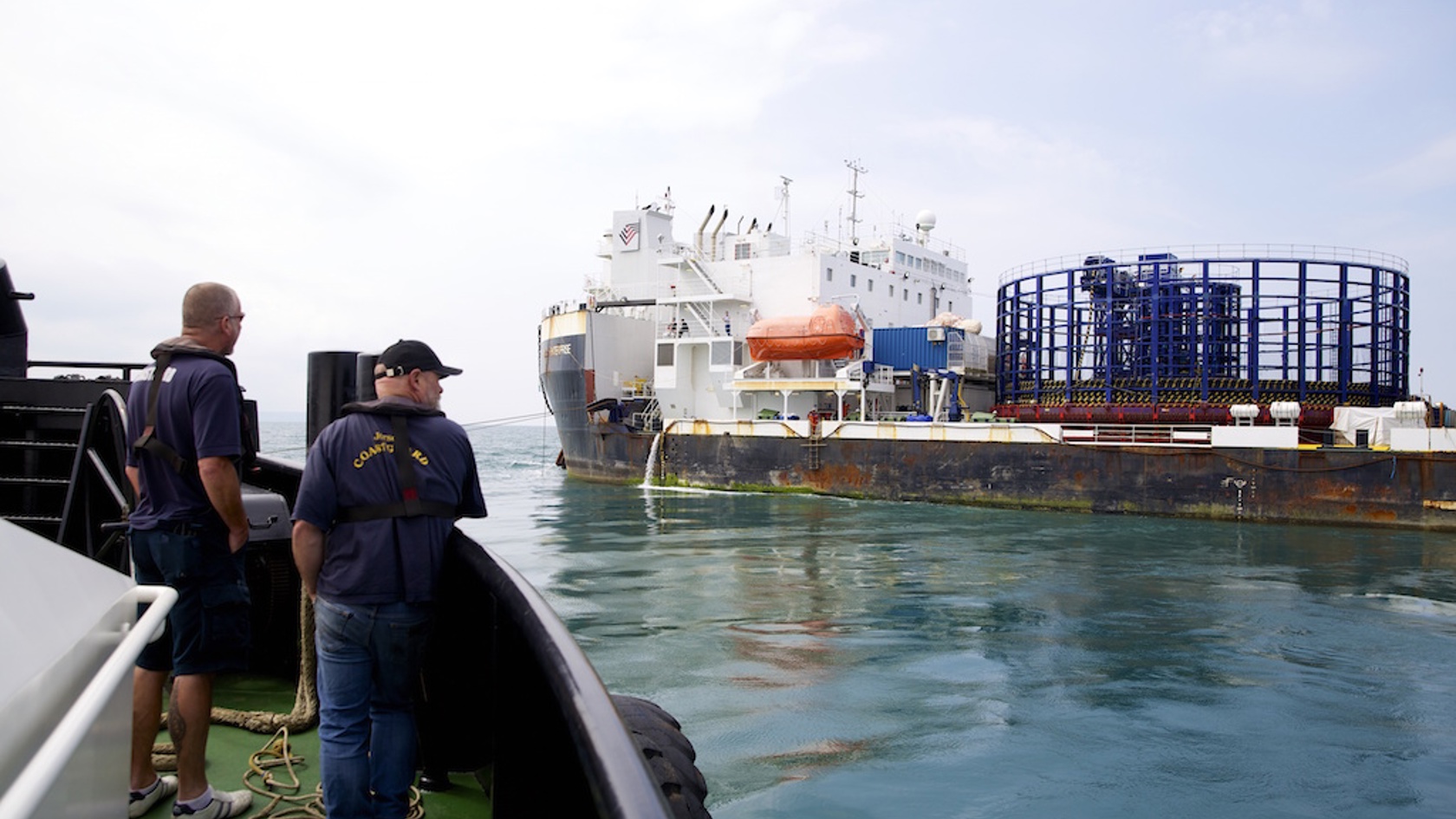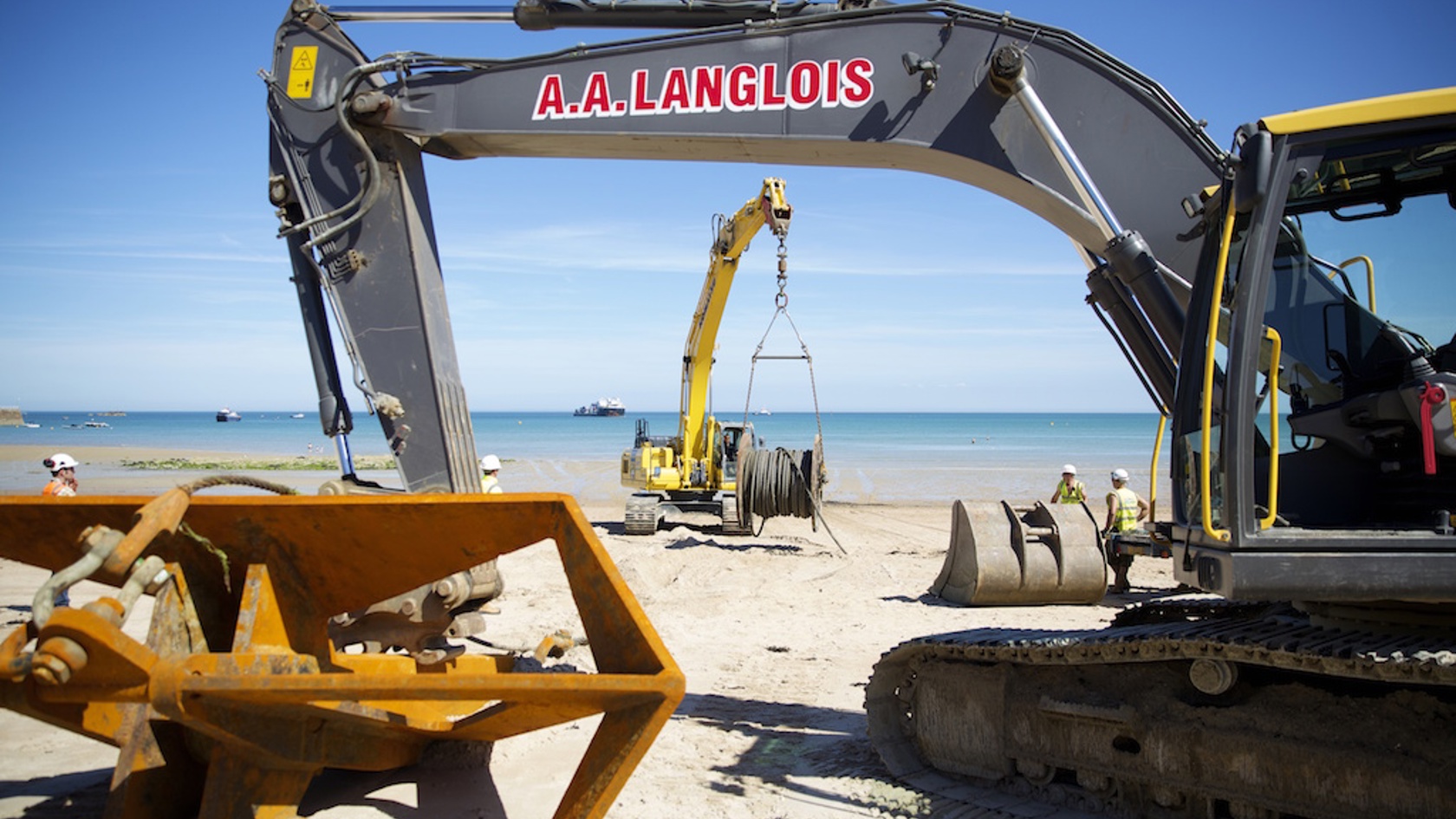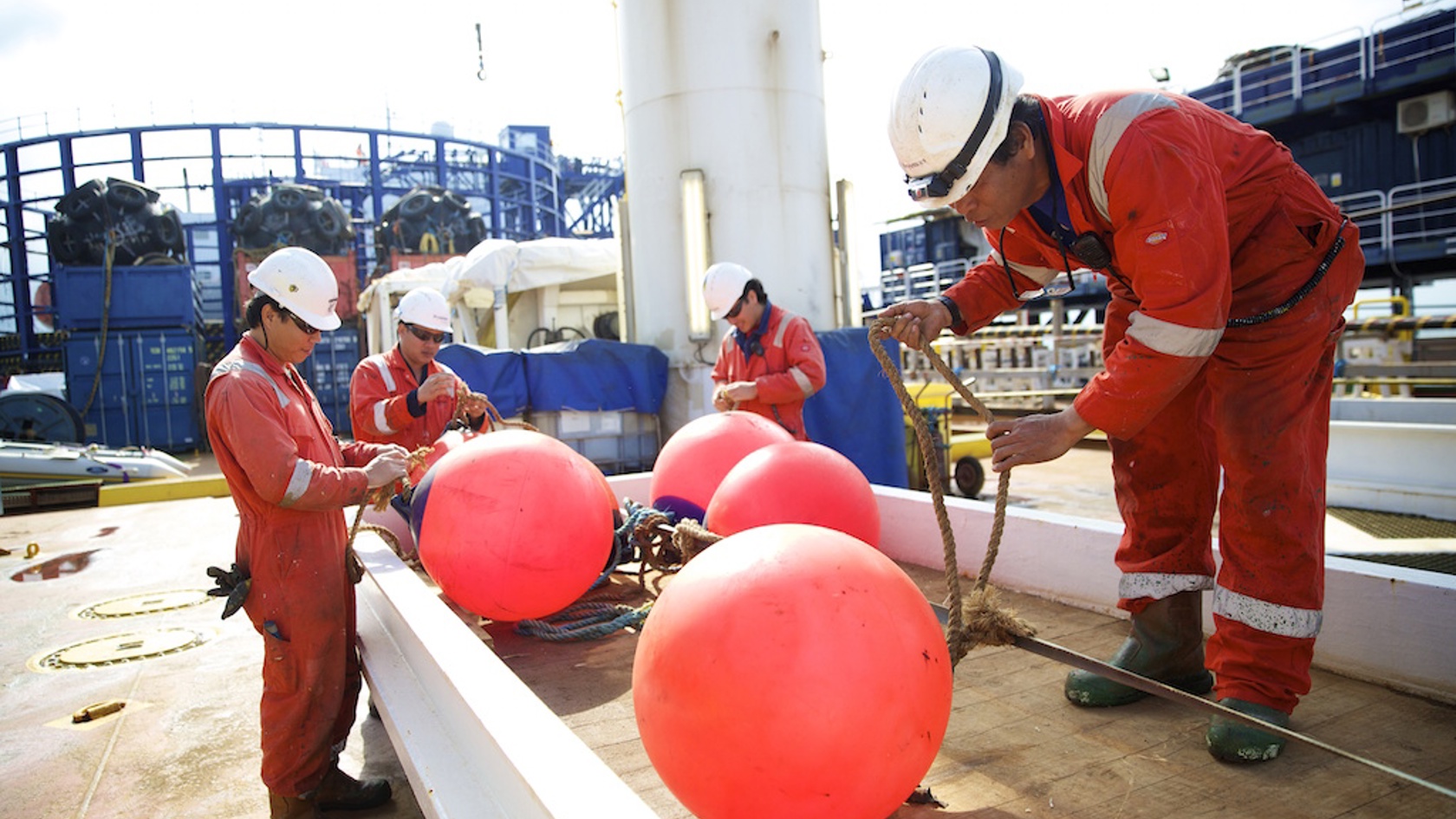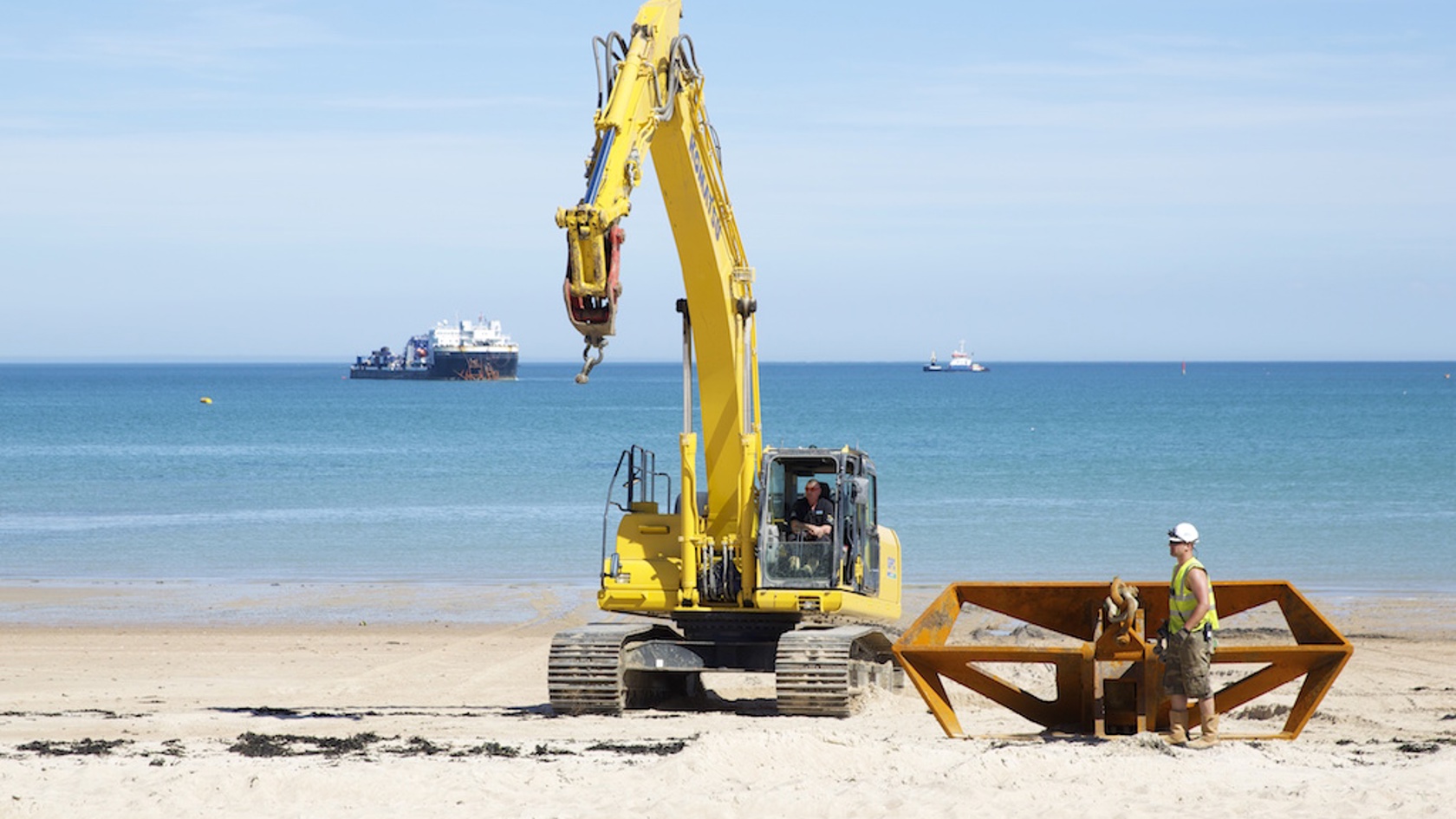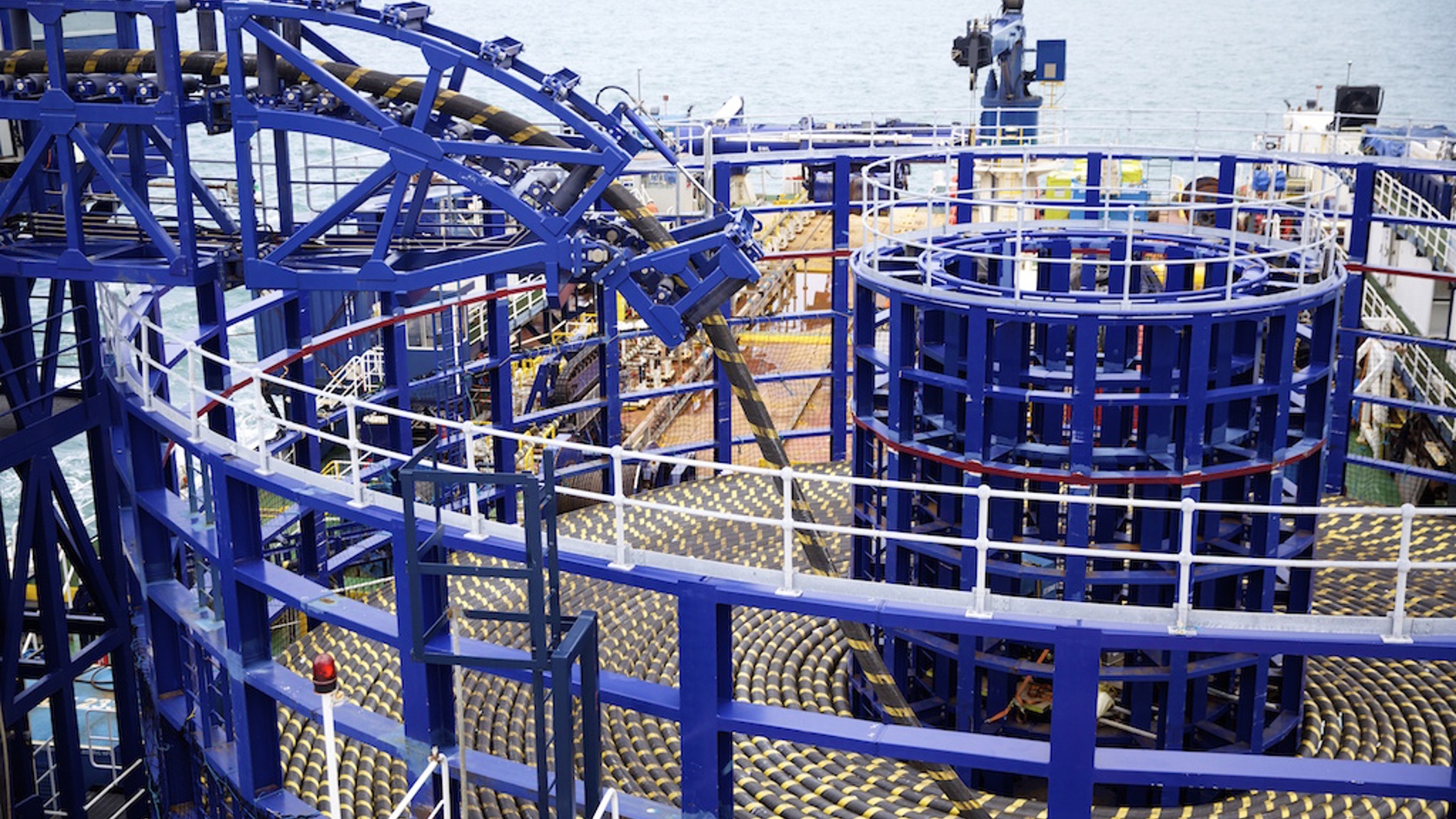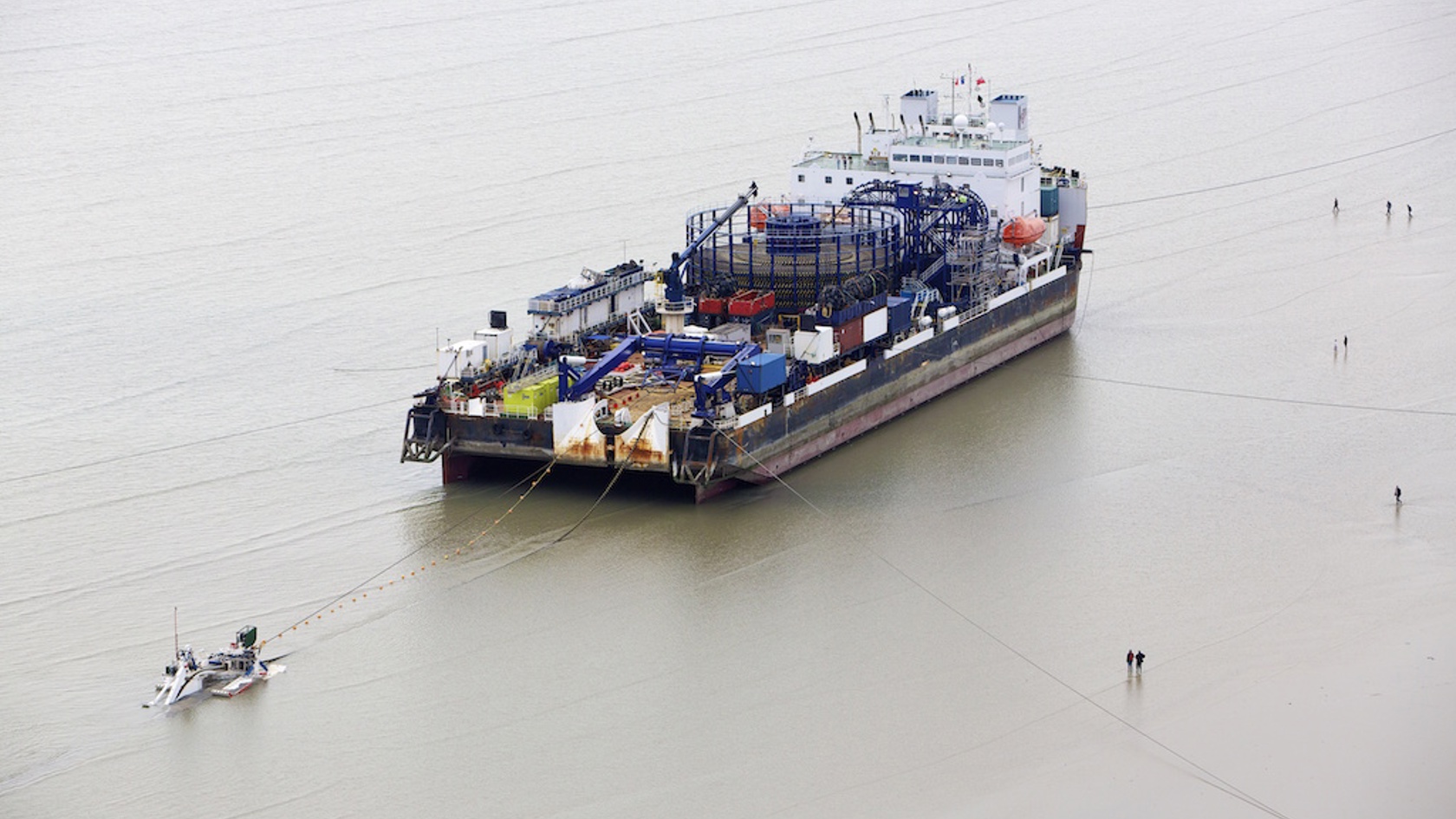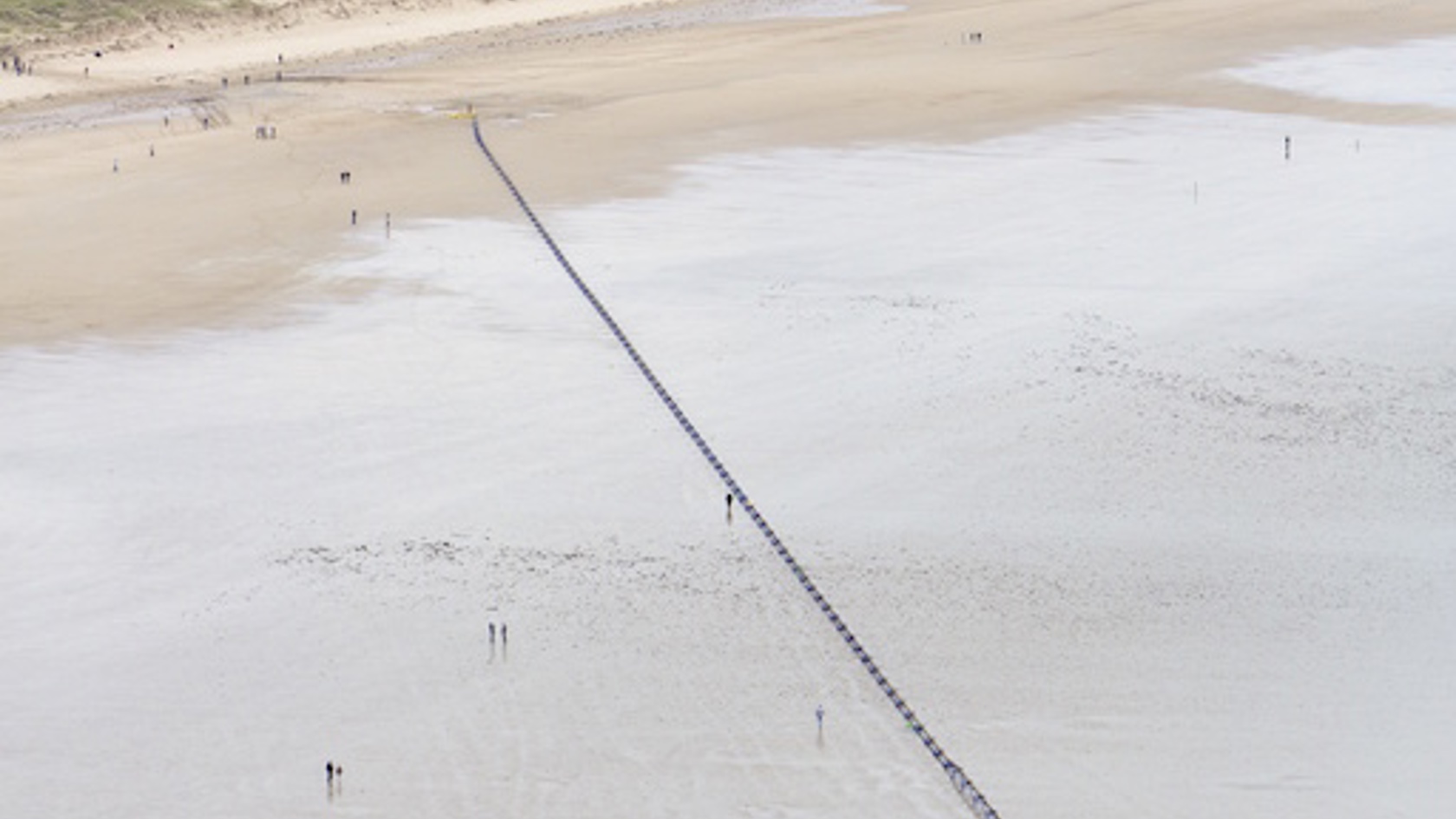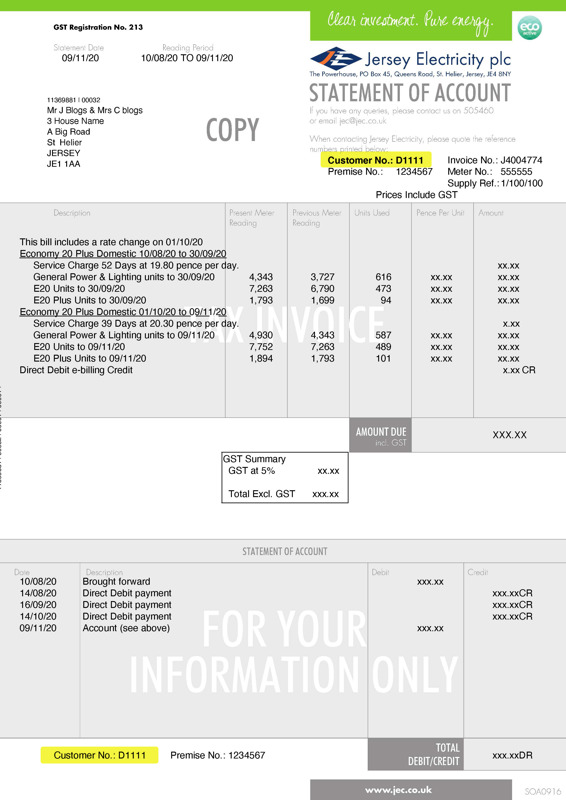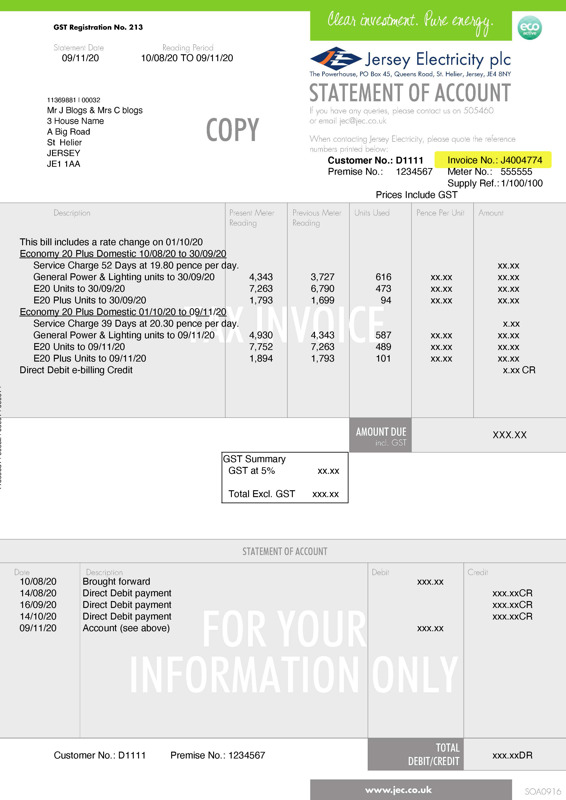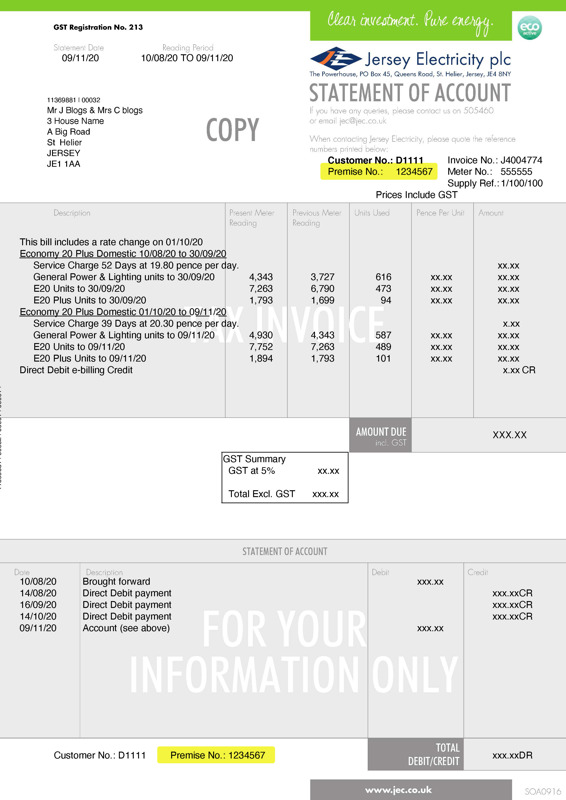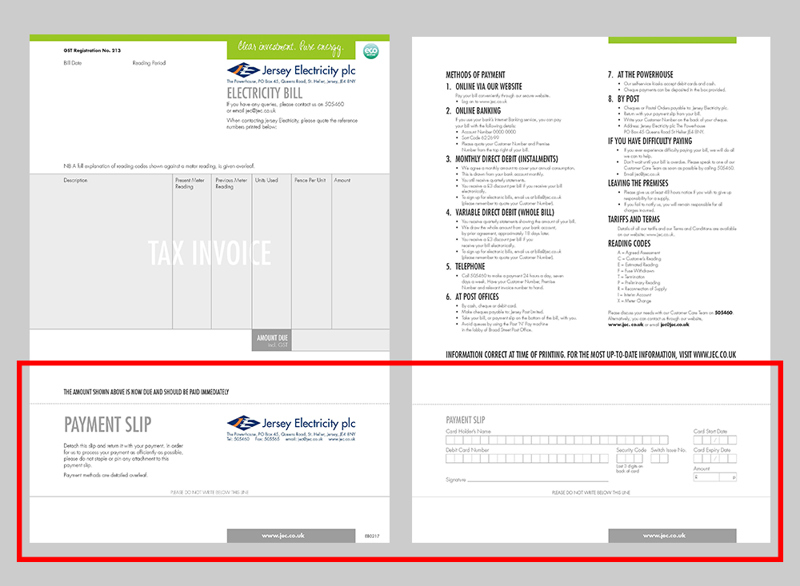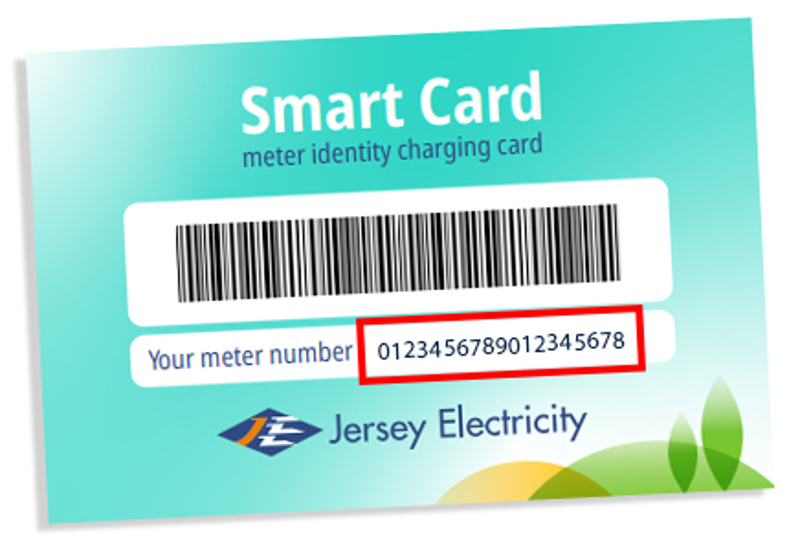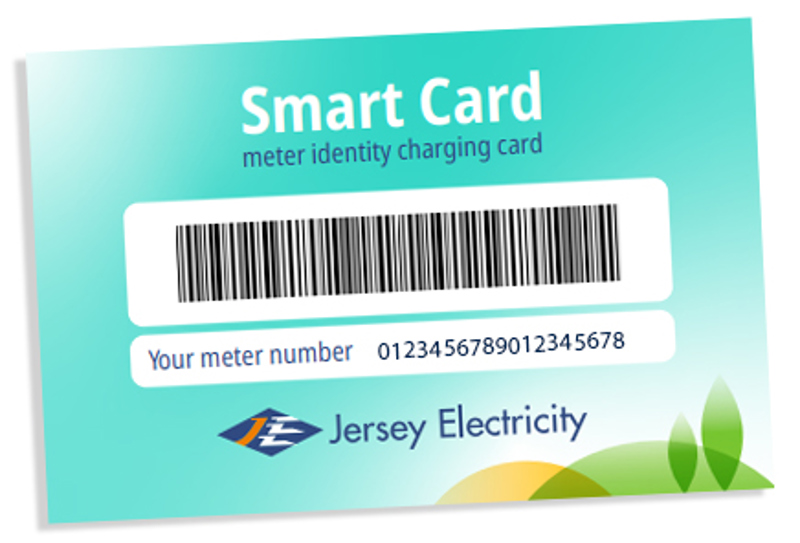Normandie 3
Normandie 3 (N3) first began importing power to Jersey on 24 September 2014. After further testing, on 20 October, it was run in parallel with Normandie 2 (N2) to the maximum import level of 160MW and the new-look Channel Islands Electricity Grid (CIEG) network has been operating well since. N3 is the greatest enhancement to supply security in Jersey since we installed N2 in 2000. It took a decade and £70m to achieve.

The Design
Designed from the outset with security paramount, N3 is installed along a more southerly route than our previous interconnectors, EDF1, which was taken out of service in 2012 and removed from the seabed in spring 2016, and N2, which runs from Archirondel to Surville and connects to the French grid at Saint Remy des Landes via overhead lines.
N3 enters the sea at Armanville near Pirou Plage and comes ashore at Long Beach, Gorey in Grouville Bay. Crucially, N3’s 19km French landside cable from Armanville to Périers has been laid entirely underground for added security. Here in Jersey, the 7km land cable from Long Beach to South Hill Switching Station at Mount Bingham is separated from existing 90kV cabling to the north and the pre-installed ducting installation method employed means the cable requires only limited joints on the entire route which preserves the cable’s integrity.’

Getting Permission
The £70m project, a joint CIEG venture with Guernsey Electricity, was 10 years in the making due to an extensive and complex planning process that included feasibility studies, marine and landside enquires, Environmental Impact Assessments, a Public Enquiry and the involvement of 18 different authorities and parties in France.
Added to this was the technical challenge of laying a cable in some of the fastest flowing waters in the world and connecting into the French grid. But once planning permission had been granted the entire N3 circuit was completed in just 21 months.

The Process
Weather and tides were critical to the marine installation which began at Armanville, Normandy, on 19 April 2014 when the French end of the cable was offloaded from the 7,000-tonne, 115-metre- long cable laying barge, the Cable Enterprise. The Enterprise then began the delicate task of laying the 32km cable around two metres below the seabed along a precision route from France to Jersey.
Pulling a 50-tonne plough, with tow forces of up to 100 tonnes, the Enterprise, assisted by three large tugs, installed the cable at an average 1.2km a day and on 15 June the cable was successfully landed on the beach at Gorey. From there the submarine cable is connected to the 7km, 90kV land cable that follows a route down the east coast before cutting inland to Grouville Arsenal and onwards to St Clement Golf Course and South Hill via Gréve D’Azette and Havre des Pas.

The Result
Extensive land works and equipment installation were on-going on both sides of The Channel long before, during and after the subsea installation, co-ordinated simultaneously in differing locations. The 90kV land cable was delivered from Prysmian’s factory in Gron, France, in December 2013. Work pulling the cable through started in March 2014 and work jointing the subsea cable to the land cable began on 7 August, a week after the French land/sea joint was completed.
South Hill Switching Station, opened in April 2012, was designed to be the connection point for N3. Works preparing the facility for N3’s regulator commenced in February 2014. The new equipment was delivered and installed in August.
Correspondingly, at Périers, an entire new switching station had to be built and equipped on the site of RTE’s new 90kV substation. This works and the installation of the 19km French land cable was a turnkey project by RTE with whom our engineers have a long-standing close working relationship and who made excellent progress.
Crucially, N3 was in service before the onset of winter 2014-15. Jersey is again importing around 95% of its electricity requirements from low carbon nuclear and hydro electric sources in France.

